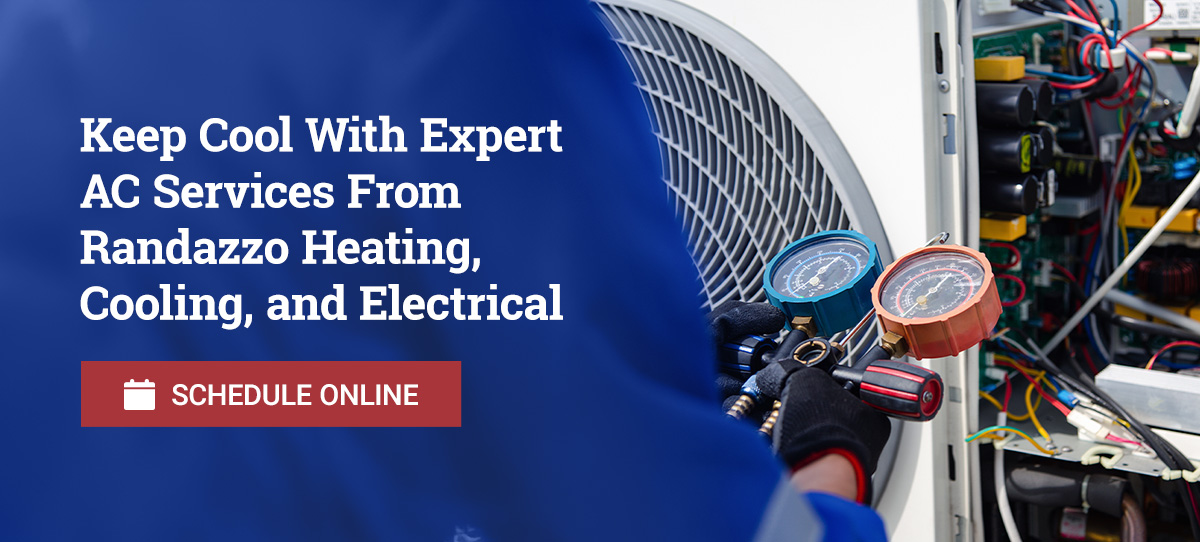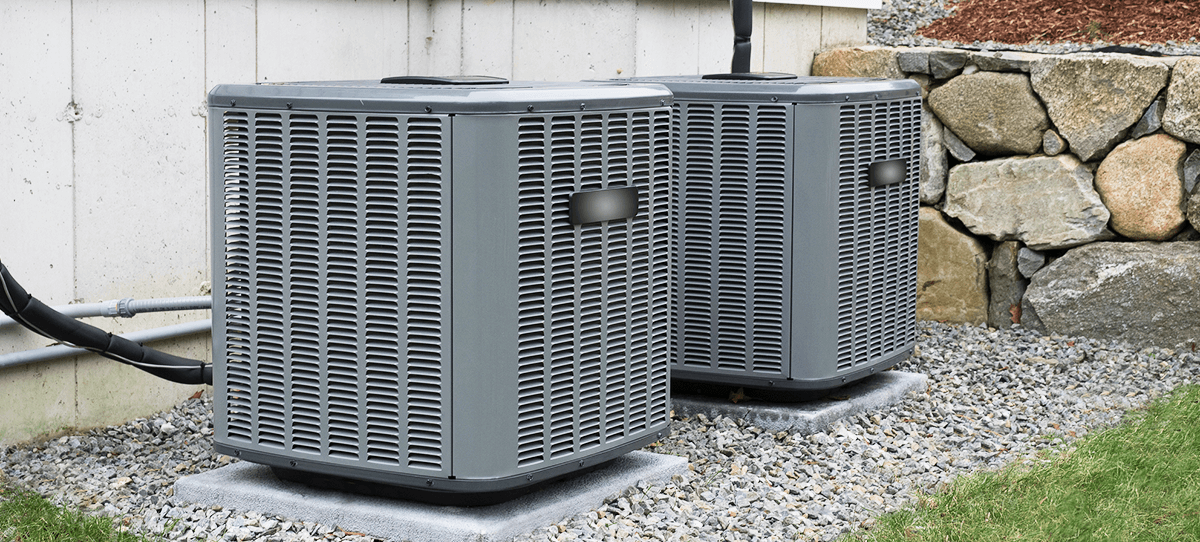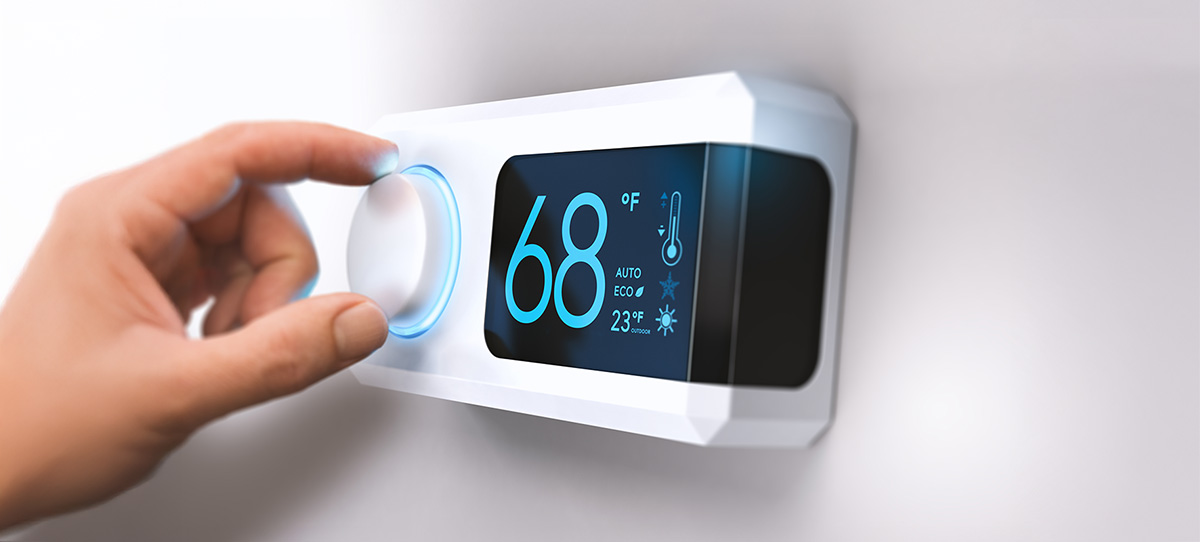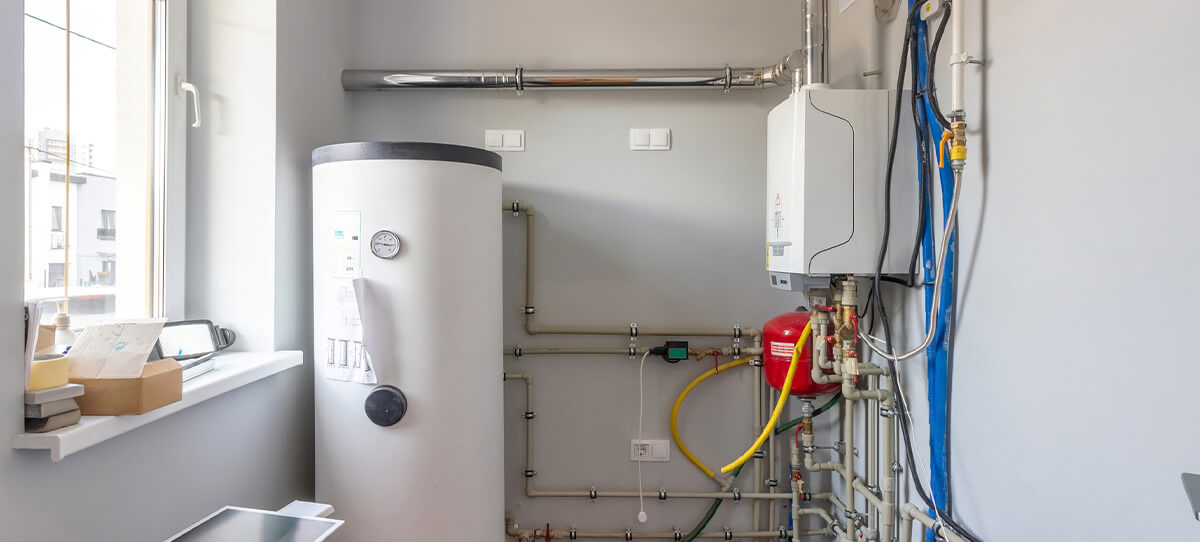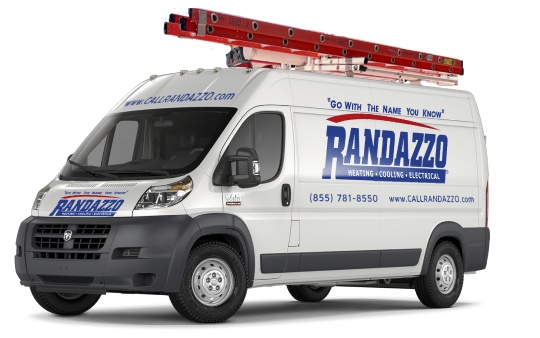Knowing this will give you a newfound appreciation for your heating and cooling company.
Here is a simplified illustration of how your air conditioner (AC) works.
Everyone loves to be in a cool, climate-controlled room, especially on a hot and humid day in Michigan, but how does an AC system work? If you’ve ever wondered this, we’ve done the work for you to find the answer.
Here’s how your air conditioning system keeps your home cool and comfortable.
What Is Air Conditioning?
Air conditioning helps maintain comfortable indoor temperatures. It cools and dehumidifies air, and it is especially helpful in hot, humid weather.
How Does Air Conditioning Work?
An air conditioner actively cools inside air by removing heat and humidity. It uses a refrigerant that absorbs inside heat and releases it outside through a condenser coil. The cooled air is then circulated back into the home.

Basic Components of an AC System
A standard air conditioning system, often called central air, normally includes:
- A thermostat
- An outdoor unit (air conditioner condenser) that houses the fan, condenser coil, and compressor used to move freon
- A furnace (indoor unit) where you will find the evaporator coil and fan)
- Copper tubing to transfer the refrigerant between the inside and outdoor units
- An expansion valve
- Ductwork to transport cooled air throughout the building
How Does a Home Air Conditioner Work? Air Conditioning Explained
Switching on your air conditioner triggers the system’s condenser fan and the compressor to turn on. The compressor starts pumping a fluid called refrigerant throughout the system. The refrigerant is continuously converted from a vapor to a liquid to move the heat from inside your home to the outdoors. The initial phase of the process goes as follows:
- Refrigerant enters the compressor as a low-temperature, low-pressure vapor.
- It gets compressed and leaves as a high-temperature, high-pressure vapor.
- The compressed refrigerant travels through the condenser coil.
- The vapor condenses into a liquid.
- The heat collected inside your home is released outside with help from the condenser fan.
The refrigerant then leaves the condenser as a medium-temperature, high-pressure liquid and flows to a metering device. In most homes we deal with, a thermal expansion valve is used. The pin inside the thermal expansion valve adjusts the flow rate of refrigerant depending on the temperature at the evaporator end, using a ‘‘sensing bulb.’’ As the liquid flows through the valve, the pressure drops significantly, releasing a low-temperature, low-pressure liquid-vapor mix.
The lower pressure allows room-temperature air to heat the refrigerant. The chilled refrigerant flows through the evaporator coil (above or below your furnace). The blower in your furnace begins moving air through your home’s air ducts. At the same time, room-temperature air is pulled in through the return duct and passes through your furnace filter to remove airborne pathogens and other particulates. The heat from the air is absorbed into the refrigerant inside the evaporator coil, dispersing chilled air through the supply duct.
As the cold air passes through the coil, the refrigerant is boiled and evaporates into vapor form. The cycle repeats until the thermostat reads that the room is at the desired temperature.
Role of the Thermostat
An AC’s thermostat controls the system’s operation and regulates the indoor climate of your home. It triggers the system to function when the temperature rises above the required setpoint. Conversely, it switches the AC off if the temperature falls below the desired setpoint.
Common Types of Air Conditioning Systems
The choice of AC systems depends on the size of the interior space to be cooled and on energy-efficiency considerations. Randazzo Heating, Cooling, and Electrical specializes in AC installation and replacement and provides systems from reputable manufacturers, including Lennox, Carrier, Trane, Bryant, Amana, Rheem, American Standard, and Goodman.
Common types of air conditioning systems include:
- Central air conditioning: Utilizes a network of ducts to distribute cool air.
- Ductless mini-split air conditioning systems: An effective way to cool areas that require targeted cooling without ductwork.
- Heat pumps: An energy-efficient alternative to central air conditioning systems.
- Hybrid systems: An energy-efficient AC system powered by electricity or gas.
Troubleshooting Common AC Issues
If you notice that your air conditioner isn’t shutting off at the desired temperature or blowing cold air, we can help. The expert team at Randazzo Heating, Cooling, and Electrical offers professional AC troubleshooting and repair services.
Some common issues that we see include:
- AC is not turning on.
- Inadequate cooling.
- Strange noises.
- Unpleasant odors.
Keep Cool With Expert AC Services From Randazzo Heating, Cooling, and Electrical
Does your air conditioner need a service or upgrade?
Call us at 586-271-8003 or schedule a service online, and we’ll come out to investigate the issue.
Last Updated on March 11, 2025 at 9:30 AM EST

